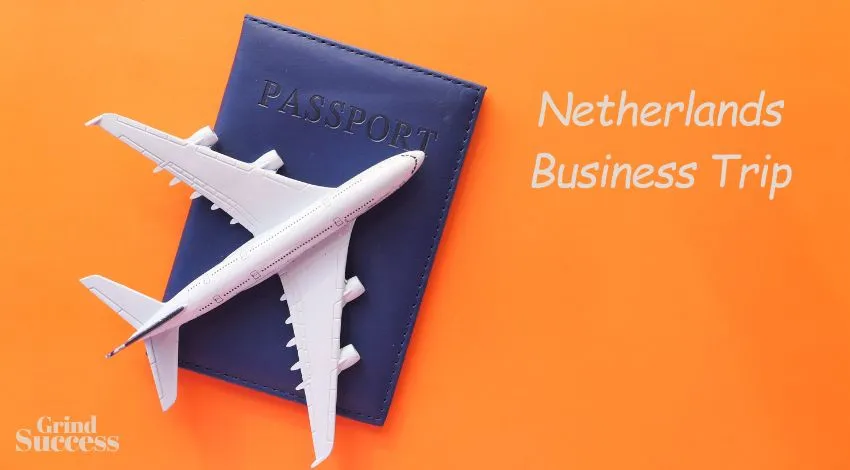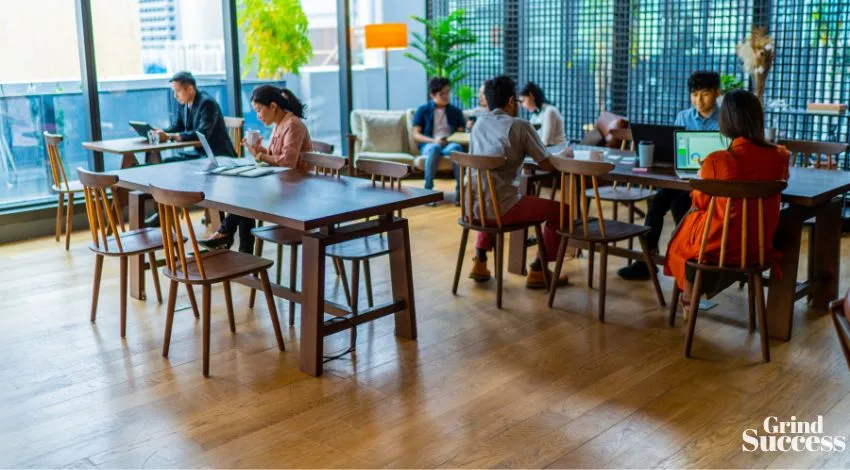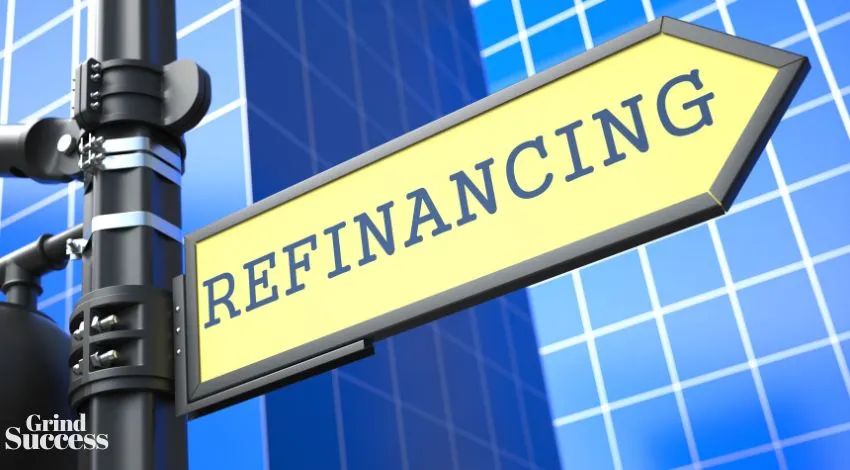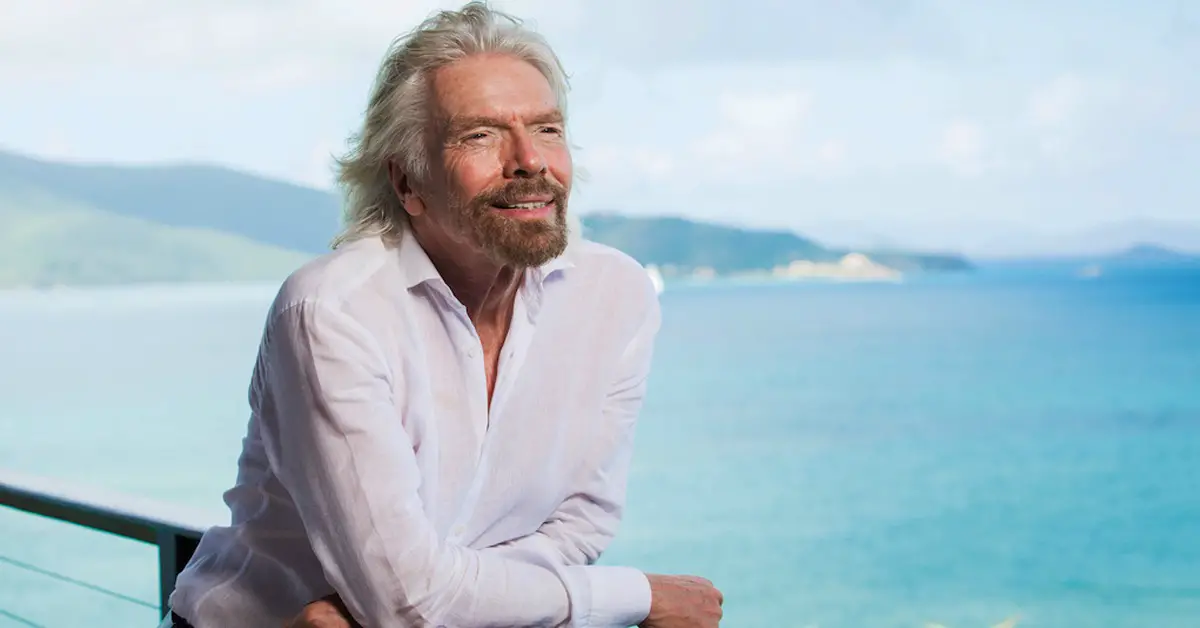Netherlands Business Trip: Ultimate Travel Guide

It is important when traveling to adequately prepare oneself, be this with information, customs, tips, or transportation.
When traveling for business this becomes even more important, as, due to a busy schedule, having prepared adequately beforehand will ensure that you don’t run into any delays, or slip up in any meetings, due to not familiarizing yourself with the customs of a new country.
This article will attempt to prepare you for your upcoming business trip, by providing you with all the information we believe you will need to make the best out of your trip.
The Netherlands (oftentimes erroneously called Holland) is an advanced, well-developed country in Western Europe, with numerous business opportunities.
It is a multicultural as well as multiracial country, which shares borders with Belgium to the south, Germany to the east, and the North Sea to its north and west coasts. Its geography is mostly low and flat, with rivers and canals being abundant throughout the country.
The official language is Dutch, with West Frisian (a West Germanic language) spoken in the province of Friesland, in the north of the country.
Perhaps one of the most important pieces of information that we can provide is regarding airport transportation. Reserving a reliable ride to and from the airport guarantees that you won’t waste time hailing a taxi, or cramming into a bus or train.
For Amsterdam Airport transfers that can be booked in just a few clicks, head over to AtoB Transfer’s website. They offer a wide range of vehicles, as well as a service that can be personalized to meet your specific travel needs.
They have business vehicles (in both saloon and van specifications), and also offer the ability to reserve an hourly chauffeur service, which is perfect for getting to and from business meetings, as well as around the country and city where your business events are occurring.
This article will be broken into a number of sections, all dealing with a different element of travel. It is recommended to create a list of all the information provided, which you can then check off, ensuring that you take everything into account.
In This Page
Facts about the Netherlands
Time Zone: GMT +1
Continent: Europe (West)
Population: 17.88 Million (2023)
Capital City: Amsterdam
Electrical Capacity: 220-240V 50Hz
Area total: 41,543 sq km
Languages: Dutch, Frisian, English (unofficial)
Dialling Code: +31
Internet Domain: .nl
Currency: Euro (1 euro = 100 Euro Cents) | 1 Euro = 1.09 USD
Daylight Saving Details: Late March to late October
Airport Transfers: AtoB Transfer
GDP: USD 1.290 Trillion (PPP)
Political System: Constitutional Monarchy under King Willem-Alexander
Religion: 55.4% Atheist/Agnostic, 37.5% Christian, 5.2% Islam, 1.1% Hinduism, 0.0% Other
Bank Holidays [2024]
Visa Requirements
There are no Visa requirements for citizens of EU Member States and residents of the United States of America and Canada (for visits less than six months). Citizens from countries within the Schengen zone will also not need to pass border control when arriving in the country.
We recommend you visit the official website of the Netherlands Embassy in your country of residence, in order to get the latest information on Visa and entry regulations to the Netherlands.
Travel Advice
The majority of business and tourist travels to the Netherlands go off without incident or concern. Pickpocketing and bag snatching have occurred, particularly in crowded public locations; always keep an eye on your valuables and do not leave them alone.
To avoid such mishaps, it is critical to stay awake and aware of your surroundings and environment at all times.
Business hours in the country are from 8:30 to 17:30 on Monday to Friday for Businesses. 9:00 to 18:00 for shops (until 17:00 on Saturdays). Banks from 9:00 to 17:00 on Monday to Friday. There are larger stores and convenience stores which are also open on Sundays.
When visiting restaurants or bars, if a service charge is not already included, you can tip around 10-15%. Although this isn’t mandatory, it is appreciated by staff, especially in the busier cities, as they will likely be overworked.
Booking an airport taxi is also a very good idea for your trip, as it will reduce your stress and allow you to relax.
Netherlands Climate and Weather
The Netherlands has a moderate maritime climate, with cool to pleasantly warm summers and mild winters. The best season to come is from April to October, with towns like Amsterdam especially crowded in July and August.
The fields are famous for their flowers (the Tulips), and the best time to visit is from mid April to mid May, when they are a beautiful sight.
Lightweight cotton and linen clothes can be worn in the summer; water-resistant apparel, such as raincoats and umbrellas, can be worn all year. Winters can be chilly, and snowfall is possible; travelers should bring warm clothing and layers if coming during the winter months.
With an airport taxi, you won’t have to worry about poor weather, as your cab driver will be able to adjust the temperature to your needs.
Travel Checklist
By taking note of the following, you can ensure that you aren’t stressed about anything while away on your trip.
1. Documents & Paperwork
2. Luggage
3. Clothing
Business Customs and Etiquette
Business meetings should be scheduled in advance, business attire should be modest and smart, greetings should consist of a firm, gentlemanly handshake, and business cards should be exchanged following introductions.
Personal space is crucial and should be preserved, and people are addressed with their titles (Mr, Mrs, Dr, Esq, HRM, etc.).
There is a clear distinction between business and personal time, and personal queries should be avoided. The communication approach is direct and straightforward, and honest responses are desired.
The Netherlands is one of the most secular countries in the EU, with atheism being the most popular religious inclination. The Dutch as a people have an aversion to the non-essential and ostentatious behavior should be avoided at all costs.
Decision-making might include achieving an agreement, which can result in lengthier lead times. The decision to book an airport transfer should be high on your list.
Punctuality is very vital for business meetings, and a person’s word is considered their bond, therefore be cautious about what your organization can deliver.
The Dutch usually speak excellent English, although knowing a few phrases in Dutch can always help with conversations and building rapport with your potential partners and clients.
1. Good Dutch Phrases to Know:
Dutch Cuisine
The cuisine of the country is influenced by its location in the fertile North Sea river delta of the European Plain, which has given rise to fishing, farming (for cereals, dairy, and meat), and international trade.
In the 16th and 17th centuries, the Burgundian-Habsburg court and the colonial spice trade improved the cuisine of the Dutch nobility and brought coffee to the world.
The modern period of chocolate began with the introduction of the Dutch process of chocolate in 1828, which was essential in the transition of chocolate to its solid form (which was previously drunk as a liquid).
Many of the staple foods in the country can be traced back to one of the three general regional forms of Dutch cuisine, these being the Northeastern cuisine, Western Cuisine, and Southern Cuisine.
1. Northeastern
This cuisine is generally known for its many kinds of meats. With an abundance of game and husbandry, although fish is also popular toward the coastal region.
Sausage is popular, with dried sausages being a favorite snack for locals. Pastries are also widespread, such as cookies and rye-bread, such as a Pumpernickel variant.
2. Western
Dairy products are abundant here, with cheeses such as Gouda, Leyden and Edem originating in this part of the country. Seafood also plays a main part in their diet, with soused herring, mussels, eels, oysters and shrimp being among the most popular.
Ox sausage (Ossenworst) is popular, being served with pickled onions. Doughy pastries, such as oliebol and Zeeuwse bolus are popular, with stroopwafel also being widely consumed.
3. Southern
It is famous for its numerous delicious pastries, soups, stews, and vegetable dishes and is sometimes referred to as Burgundian, a Dutch term referring to the affluent Burgundian court that dominated the Low Countries in the Middle Ages and was known for its splendor and huge feasts.
The South is the only Dutch culinary region that has developed haute cuisine, this serving as the backbone for most traditional Dutch restaurants, including typical main courses such as Biefstuk, Varkenshaas, and Ossenhaas, which are premium, grade-A cuts of meat, generally pork or beef, accompanied by a wide variety of sauces and potatoes that have been double fried in the traditional Dutch (or Belgian) manner.
We believe that this list should be more than sufficient in adequately organizing your upcoming business trip to the Netherlands. By checking off all of the items listed herein, you ensure that all of your travel needs are taken care of.
By booking an Amsterdam airport transfer, you secure the most affordable and efficient way to get to and from your meetings.
This is a Contributor Post. Opinions expressed here are opinions of the Contributor. Grindsuccess does not endorse or review brands mentioned; does not and cannot investigate relationships with brands, products, images used and people mentioned, and is up to the Contributor to disclose.
Email, SMS, and more — Klaviyo brings your marketing all together, fueling growth without burning through time and resources.
Deliver more relevant email and text messages — powered by your data. Klaviyo helps you turn one-time buyers into repeat customers with all the power of an enterprise solution and none of the complexity.






